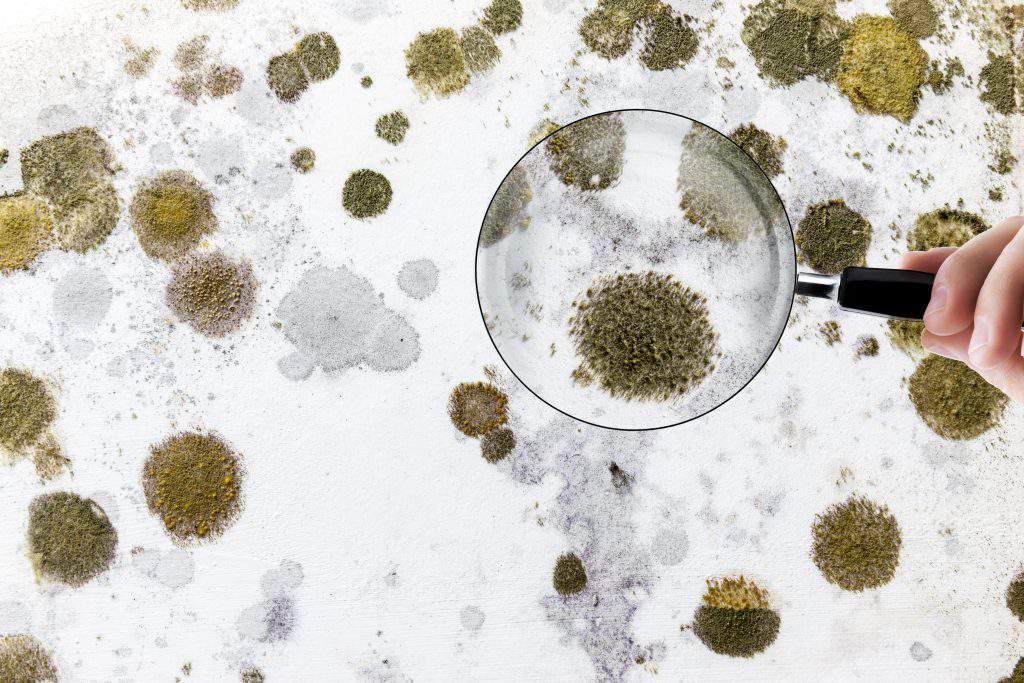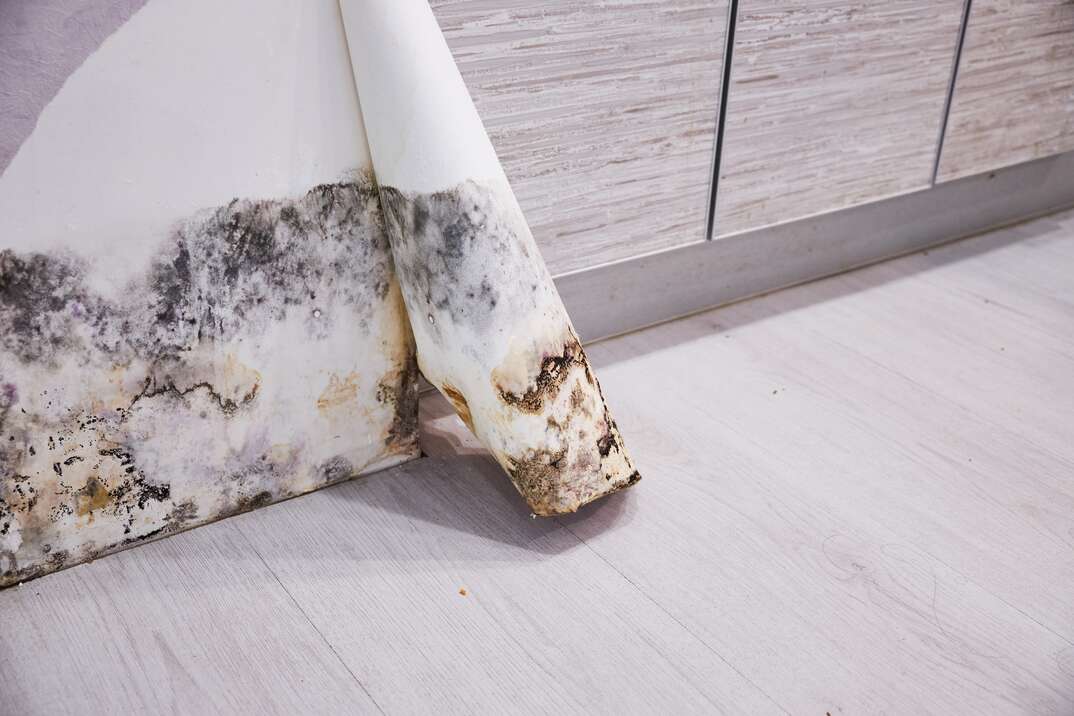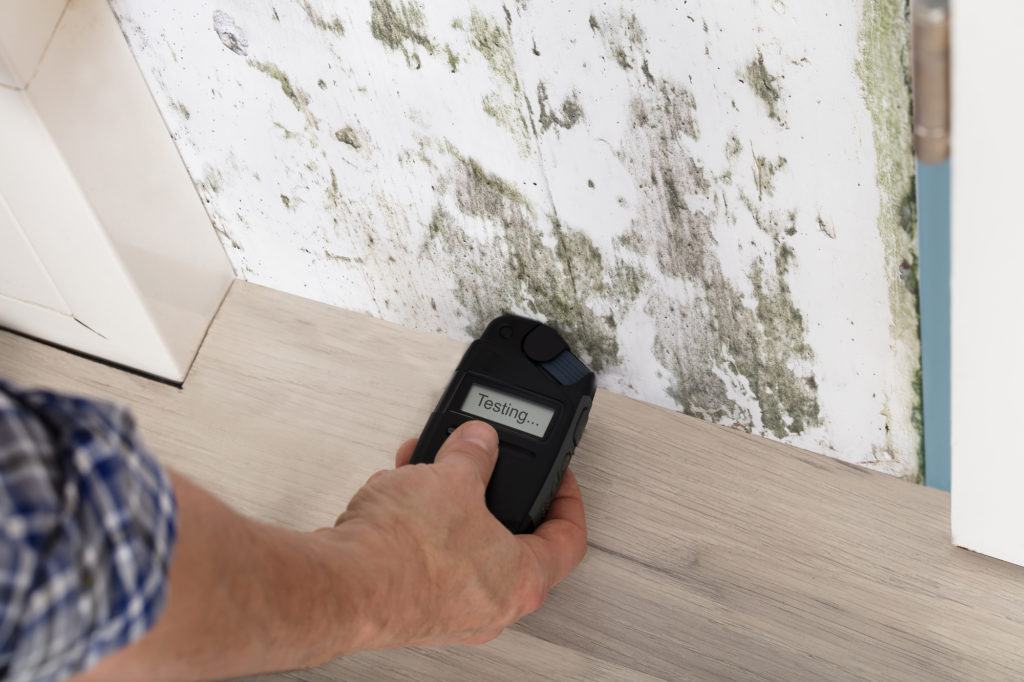Your Ultimate Guide to Post Mold And Mildew Removal Techniques
In the aftermath of mold invasion, knowing just how to successfully remove the mold and mildew and prevent its reoccurrence is paramount for preserving a healthy indoor environment. From selecting the appropriate cleaning and disinfecting approaches to implementing techniques for long-term mold and mildew avoidance, each action in the removal journey plays a crucial function in ensuring an effective result.
Understanding Post-Mold Removal Process
After completing the mold removal process, it is critical to understand the post-mold remediation methods that are necessary to make certain a thorough and reliable cleanup. Once the mold has actually been eliminated, the following action involves cleaning and decontaminating the impacted areas to avoid any regrowth of mold and mildew. This consists of making use of specialized cleaning agents to wipe down surface areas and kill any kind of continuing to be mold and mildew spores. It is essential to dry out the location entirely to dissuade the growth of mold in the future (Post Mold Remediation). Correct air flow and dehumidification can help in this procedure.
In addition, conducting a final evaluation post-remediation is essential to make certain that all mold and mildew has been effectively eliminated. If the assessment exposes any type of lingering mold and mildew, additional removal might be necessary.
Reliable Cleansing and Sanitizing Approaches

Preventing Future Mold And Mildew Development

Importance of Appropriate Air Flow
Correct air flow plays an important duty in protecting against moisture buildup, a key consider mold and mildew development within interior atmospheres. Efficient ventilation systems assist eliminate excess humidity from the air, lowering the possibilities of mold and mildew spores finding the moisture they need to germinate and spread out. Without ample ventilation, interior rooms can come to be a breeding ground for mold, causing possible health risks and architectural damage.
By ensuring correct air flow, air flow systems can likewise assist in drying wet areas faster after water damage or flooding events, additionally discouraging mold growth. After mold remediation. In areas like restrooms, cellars, kitchen areas, and attic rooms where moisture degrees often tend to be higher, installing and keeping effective air flow systems is vital in avoiding mold problems

Tracking and Maintenance Tips
Provided the vital duty that correct ventilation plays in stopping mold growth, it is necessary to establish efficient monitoring and maintenance ideas to ensure the continued capability of ventilation systems. Regular examinations of air flow systems ought to be carried out to inspect for any kind of indications of clogs, leaks, or breakdowns that might restrain proper airflow. Tracking humidity degrees within the home is additionally crucial, as high humidity can add to mold and mildew growth. Setting up a hygrometer can assist track moisture degrees and sharp property owners to any spikes that might need attention. Additionally, click to investigate ensuring that air filters are Home Page frequently cleaned up or replaced is vital for keeping the effectiveness of the air flow system. Applying a timetable for regular maintenance tasks, such as duct cleansing and a/c system inspections, can aid avoid problems before they escalate. By remaining attentive and positive to the condition of ventilation systems, home proprietors can effectively reduce the threat of mold and mildew regrowth and maintain a healthy interior setting.
Verdict
In conclusion, post-mold remediation strategies are vital for making certain a tidy and safe atmosphere. Recognizing the procedure, carrying out effective cleansing and sanitizing techniques, avoiding future mold and mildew growth, maintaining appropriate ventilation, and regular monitoring are all important action in the remediation procedure. By adhering to these standards, you can successfully get rid of mold and prevent its return, promoting a healthy and balanced living or working area for all occupants.
In the after-effects of mold infestation, understanding exactly how to efficiently eliminate the mold and mildew and avoid its reoccurrence is vital for maintaining a healthy and balanced interior setting. When the mold and mildew has been eliminated, the following step includes cleaning and sanitizing the influenced areas to avoid a knockout post any regrowth of mold and mildew - After mold remediation. After removing visible mold development, it is critical to clean all surface areas in the afflicted area to remove any staying mold and mildew spores. To even more boost mold and mildew prevention actions, it is vital to address underlying problems that initially led to mold development.Given the crucial function that appropriate air flow plays in avoiding mold and mildew growth, it is critical to develop reliable monitoring and maintenance suggestions to make certain the continued functionality of ventilation systems